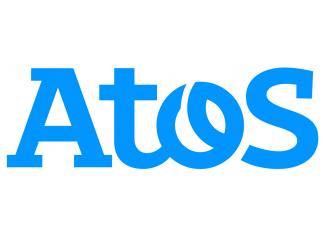As scientific and machine learning workloads converge in the world of HPC, and supercomputing centers gear up for the era of exascale computing, discussions on heterogeneous systems design abound. HPC leaders increasingly need to support converged application workloads that extend beyond AI/HPC to include other computational kernels/patterns like data analytics, graph algorithms, and uncertainty quantification. In this sector, the value of heterogeneity in systems design is clear and promising, even if the method for executing these concepts is still to be determined.
However, in many industrial sectors, enterprise end customers simply use the 'threat' of heterogeneity as a tool to extract some discount from their main/incumbent vendor. The job of IT is hard enough, planning for compute, storage and networking needs, that adding a lot of compute specialization is often not high on a CIO’s priority list.
So, who cares about heterogeneity? Where will heterogeneity in systems design change the game, and what will be its level and quality?
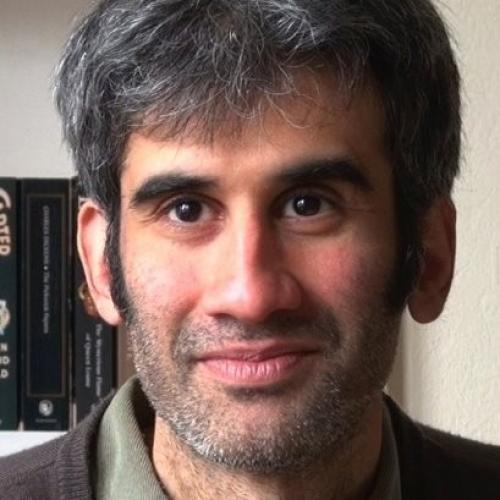
Wahid Bhimji
Wahid Bhimji is acting Group Lead and a Big Data Architect in the Data and Analytics Services Group at NERSC. His interests include machine learning and data management. Recently he led several projects applying AI for science including deep learning at scale, generative models and probabilistic programming. He coordinates aspects of machine learning deployment for the Lab's CS-Area and NERSC: including the upcoming Perlmutter HPC system and plans for future NERSC machines. Previously he was user lead for the commissioning of Cori Phase 1, particularly data services, and for the Burst Buffer. Wahid has worked for many years in Scientific Computing and Data Analysis in Academia and the U.K. Government and has a Ph.D. in High-Energy Particle Physics.
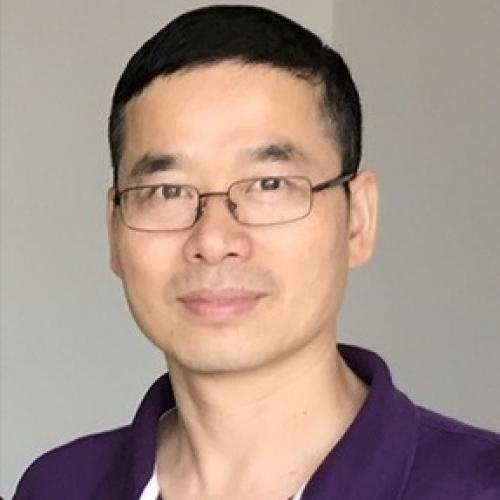
Weifeng Zhang
Weifeng Zhang is the Chief Scientist of Heterogeneous Computing at Alibaba Cloud Infrastructure, responsible for performance optimization of large scale distributed applications at the data centers. Weifeng also leads the effort to build the acceleration platform for various ML workloads via heterogeneous resource pooling based on the compiler technology. Prior to joining Alibaba, Weifeng was a Director of Engineering at Qualcomm Inc, focusing on GPU compiler and performance optimizations. Weifeng received his B.Sc. from Wuhan University, China and PhD in Computer Science from University of California, San Diego.

Cedric Bourrasset
Dr. Cedric Bourrasset is AI Business Leader for High Performance Computing Business Unit at Atos. He is also AI product manager for the Atos Codex AI suite, software enabling AI workloads into HPC environments as well as integrating a computer vision solution. He joined Atos in 2016 as an expert in the HPC/AI domain.
Previously, Cedric received his Ph.D. in Electronics and computer vision from the Blaise Pascal University of Clermont-Ferrand defending the dataflow model of computation for FPGA High Level Synthesis problematic in embedded machine learning applications.

Bhupender Thakur
Bhupender Thakur is Product portfolio owner for several High Performance and Big Data platforms for research and early development at Roche. He is the Agile product portfolio owner of on-premise HPC services delivering compute and storage clusters in several locations across the USA, Germany and Switzerland, and product owner for workflow applications for NGS and Oncology research supporting Roche Avenio product offerings.
Bhupender leads a cross functional squad of developers, product owners, architects and subject matter experts, working on roadmaps for existing and new research offerings and leading discussions on planning, lifecycle, operations and business continuity.
He holds a PhD in Theoretical and Computational Nuclear Physics from the University of Delaware.
In this keynote, Dr. Cédric Bourrasset, AI Distinguished Expert at Atos, will reveal how Atos pioneered the successful architecture, build, and delivery of large-scale AI infrastructures. He will present a live demonstration of Atos-driven technology to illustrate new AI-driven endpoints featuring GPU and IPU workflow capabilities, featuring a global customer case study to elaborate on the current complex challenges faced by designing and manufacturing large-scale AI computing platforms. He will also leverage over 15 years of personal experience in designing and manufacturing supercomputing systems.

Cedric Bourrasset
Dr. Cedric Bourrasset is AI Business Leader for High Performance Computing Business Unit at Atos. He is also AI product manager for the Atos Codex AI suite, software enabling AI workloads into HPC environments as well as integrating a computer vision solution. He joined Atos in 2016 as an expert in the HPC/AI domain.
Previously, Cedric received his Ph.D. in Electronics and computer vision from the Blaise Pascal University of Clermont-Ferrand defending the dataflow model of computation for FPGA High Level Synthesis problematic in embedded machine learning applications.
Atos
Website: atos.net/thinkai
Atos is a global leader in digital transformation with 109,000 employees and annual revenue of c. € 11 billion. European number one in cybersecurity, cloud and high performance computing, the Group provides tailored end-to-end solutions for all industries in 71 countries. A pioneer in decarbonization services and products, Atos is committed to a secure and decarbonized digital for its clients. Atos is a SE (Societas Europaea), listed on Euronext Paris and included in the CAC 40 ESG and Next 20 Paris Stock indexes.
The purpose of Atos is to help design the future of the information space. Its expertise and services support the development of knowledge, education and research in a multicultural approach and contribute to the development of scientific and technological excellence. Across the world, the Group enables its customers and employees, and members of societies at large to live, work and develop sustainably, in a safe and secure information space.
The Meet & Greet is the perfect opportunity to reconnect with peers, expand your network, and discuss the state of ML across the cloud-edge continuum! Join attendees from both Edge AI Summit and AI Hardware Summit for this extended networking session.
We will soon announce a luminary guest speaker who will present in the middle of the function, followed by a drinks reception for both events.
Order of ceremony:
4:00 - 5:00 PM: Informal Networking
5:00 - 6:00 PM: Guest Keynote Speaker
6:00 - 7:00 PM: Drinks Reception
The true potential of AI rests on super-human learning capacity, and on the ability to selectively draw on that learning. Both of these properties – scale and selectivity – challenge the design of AI computers and the tools used to program them. A rich pool of new ideas is emerging, driven by a new breed of computing company, according to Graphcore co-founder Simon Knowles. At the AI Hardware Summit, Phil Brown, VP Scaled Systems Product discusses the creation of the Intelligence Processing Unit (IPU) – a new type of processor, specifically designed for AI computation. He looks ahead, towards the development of AIs with super-human cognition, and explores the nature of computation systems needed to make powerful AI an economic everyday reality.

Phil Brown
Phil leads Graphcore’s efforts to build large scale AI/ML processing capability using Graphcore unique Intelligence Processing Units (IPUs) and IPU-Fabric and Streaming Memory technology. Previously he has held a number of different roles at Graphcore including Director of Applications, leading development of Graphcore’s flagship AL/ML models, and Director of Field Engineering, which acts as the focal point for technical engagements with our customers. Prior to joining Graphcore, Phil worked for Cray Inc. in a number of roles, including leading their engagement with the weather forecasting and climate research customers worldwide and as a technical architect. Phil holds a PhD in Computational Chemistry from the University of Bristol.
Graphcore
Website: www.graphcore.ai
We’re optimistic for a future where people live healthier, more informed, more creative lives. We see a world where technology enhances human potential, and takes us into a new era of intelligence and progress that everyone can benefit from.
We let innovators create the next breakthroughs in machine intelligence.
We believe our Intelligence Processing Unit (IPU) technology will become the worldwide standard for machine intelligence compute. The Graphcore IPU is going to be transformative across all industries whether you are a medical researcher, roboticist or building autonomous cars.
We have created a completely new processor, the IPU, specifically designed for AI compute. The IPU’s unique architecture lets AI researchers undertake entirely new types of work, not possible using current technologies, to drive the next advances in machine intelligence.

Lip-Bu Tan
Lip-Bu Tan is chief executive officer of Intel Corporation and serves on the company’s board of directors. He was appointed to his position in March 2025.
Tan is an accomplished executive with more than two decades of semiconductor and software experience and deep relationships across the technology ecosystem. He has received several accolades for his significant contributions to the industry, including the 2022 Robert N. Noyce Award, the Semiconductor Industry Association’s highest honor, and was named one of Forbes’ Top 50 Venture Capitalists.
Tan previously served as chief executive officer of Cadence Design Systems Inc. and was also a member of its board of directors. During his 12 years as Cadence’s chief executive officer, he led a reinvention of the company and drove a cultural transformation centered on customer-centric innovation that enabled Cadence to more than double its revenue, expand operating margins and significantly outperform the market.
Tan is a founding managing partner of Walden Catalyst Ventures and chairman of Walden International, a leading venture capital firm. He has also served on the boards of public companies Credo Technology Group and Schneider Electric.
Tan holds a Bachelor of Science in physics from Nanyang Technological University in Singapore, a Master of Science in nuclear engineering from the Massachusetts Institute of Technology and an MBA from the University of San Francisco.
While 5G connectivity offers broad new opportunities, it is not free of cost or energy consumption. So how do you optimise for the best user experience and is it worth it?
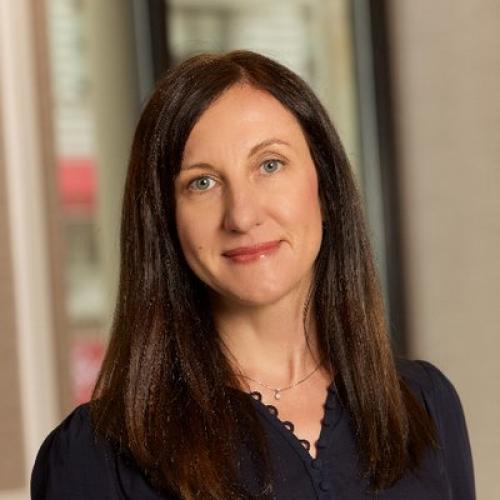
Kristina Serafim

Sven Brunner
Sven is founder and CEO of holo|one, a leading Mixed Reality software company. holo|one offers a standardized Mixed Reality collaboration platform targeting the high-value enterprise use cases – remote assistance, workflow guidance and live collaboration. Their solution has been adopted across the globe by Fortune 500 companies like Micron, Lenovo and the Renault Group, along with garnering several awards and accolades.
Before founding holo|one, Sven worked as a software engineer and product manager at Disney Research, ETH Zurich, and his own consulting firm. Sven holds a master’s degree in informatics from the University of Zurich and is a recipient of the Swiss National Bank’s Economics Award.
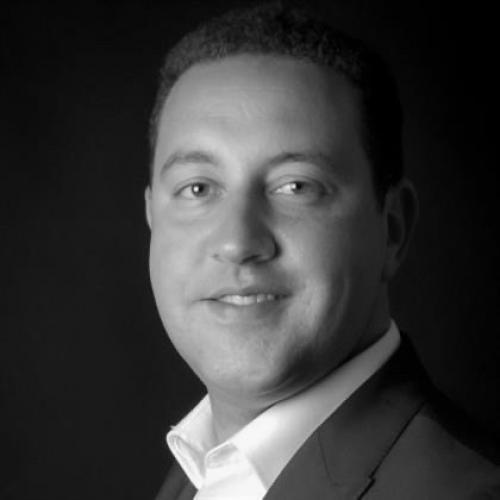
Khalil Laaboudi
Khalil Laaboudi is VP Innovation and Strategic Partnerships at VOSKER, a fast growing Canada based company with a global footprint, that specializes in remote area monitoring.
Among other subject matters, he is currently in charge of developing, maintaining and monitoring a resilient, reliable and secure LTE network access in more than 50 countries for Vosker's outdoor cameras. Khalil has previously held different senior level positions in the telecommunications industry. Throughout his carrier he established commercial and partnership relations with tier 1 Network Operators in all major geographies.
He is member of the Interuniversity Research Center on Science and Technology (CIRST) where he specializes in comparative telecommunications policies. He is also member of the board at different organizations promoting North-South economic and social collaboration. He is currently completing his PhD thesis on 5G Industrial Strategies at the University of Quebec in Montreal
In this presentation we discuss how leveraging sparsity, knowledge distillation and quantization, not only enable deep learning models to run on edge devices, but in many instances outperform standard models running on datacenter class systems. We discuss our recent innovations in sparsity research that enables the creation of dual-sparse networks that can outperform standard networks by over 100X. Finally, we illustrate how sparsity can be combined with other model compression techniques to unlock deep learning inference at the edge.

